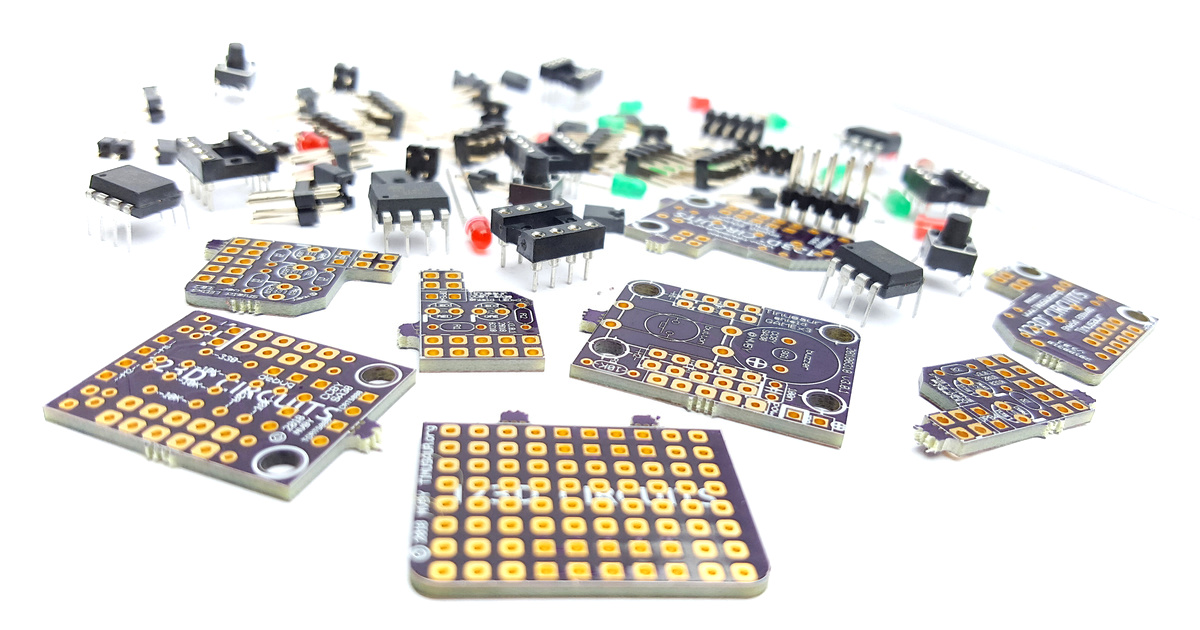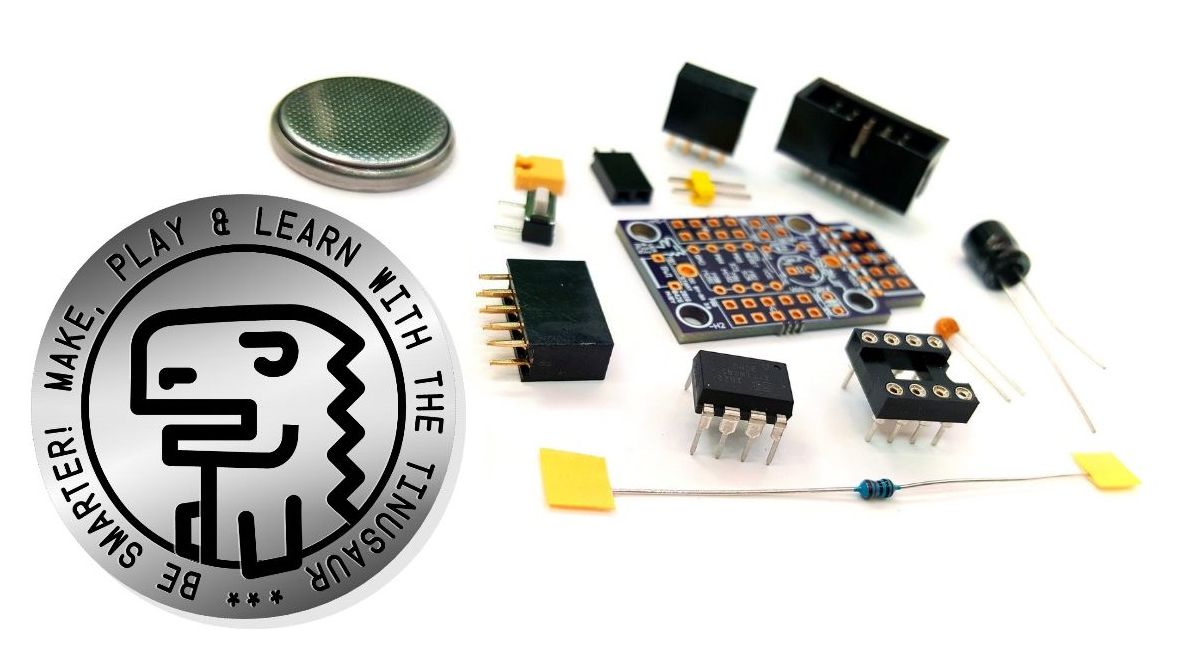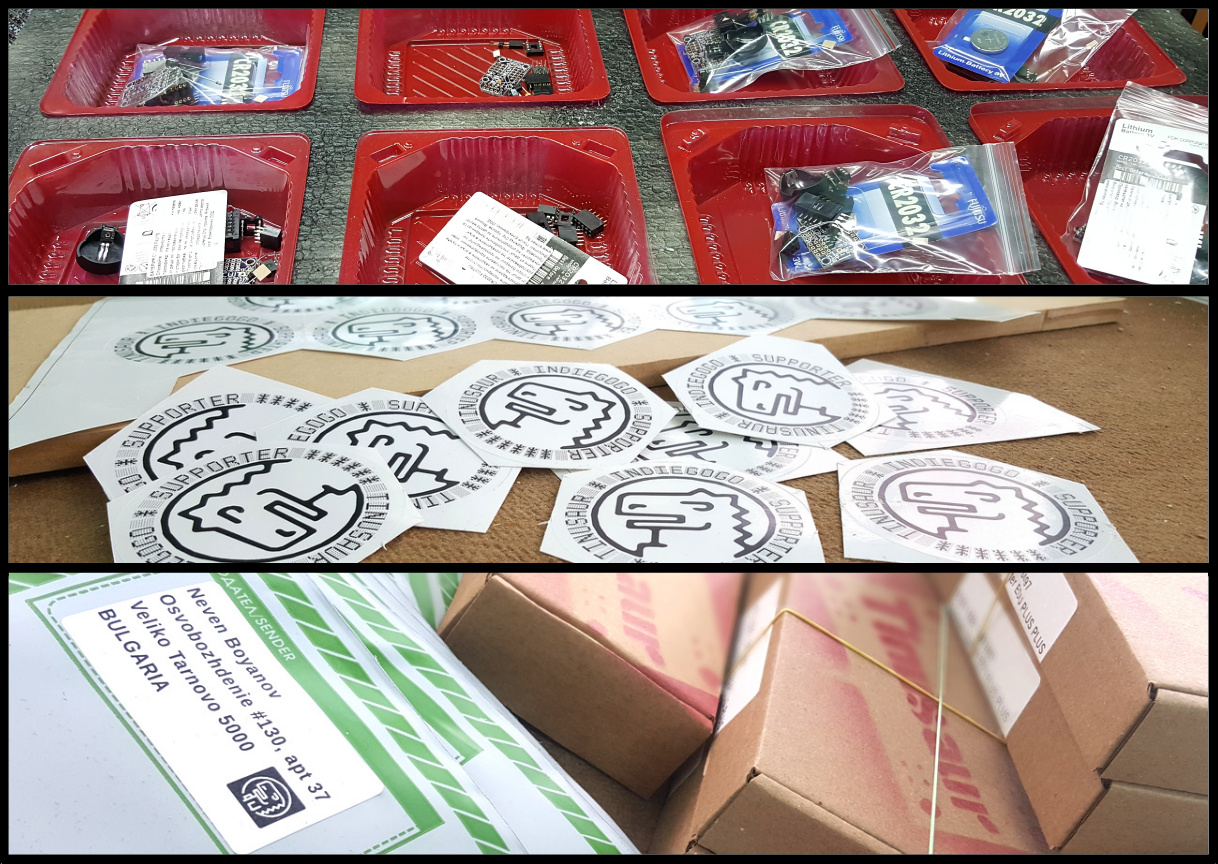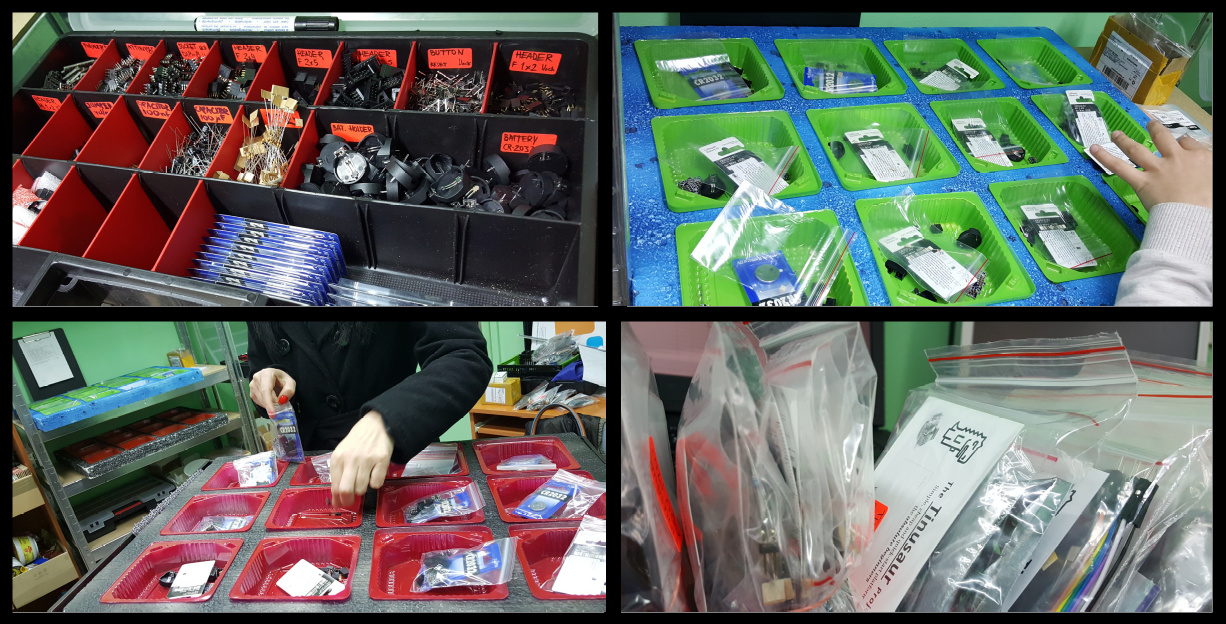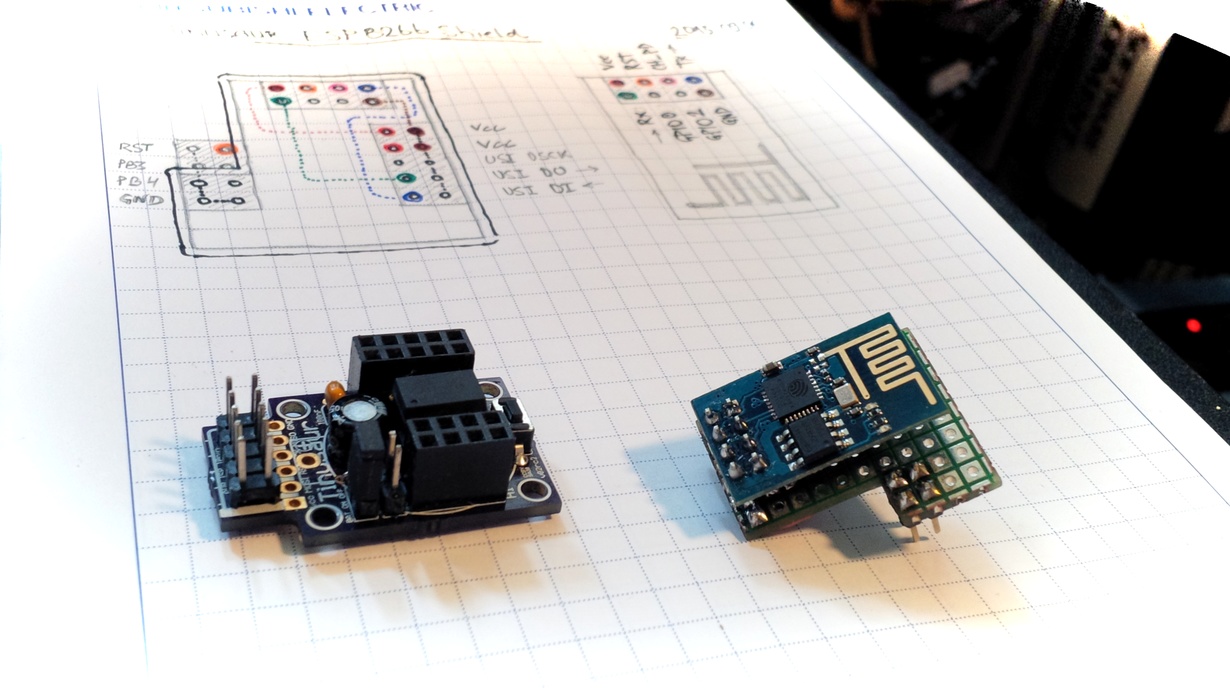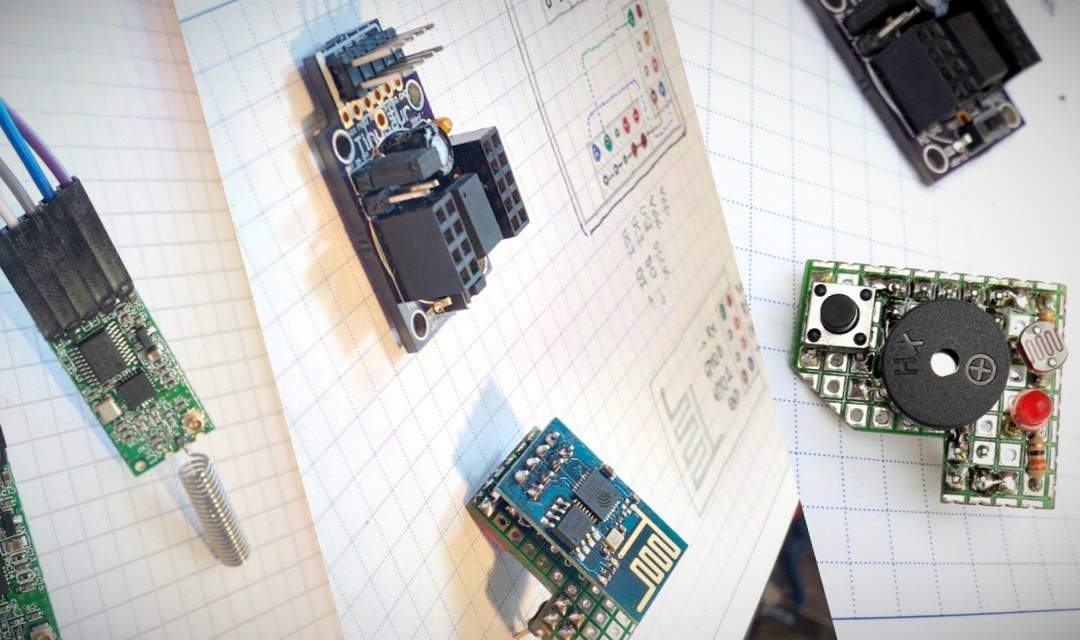Almost at the end of our Indiegogo campaign
We’re almost at the end of our Indiegogo campaign and as you might be aware there is a delay in the production of the kits. At TINUSAUR we strive to achieve the higher quality of the products. Unfortunately, while making the PCBs, the most important part of our boards, and working with some new suppliers, we … Read more

